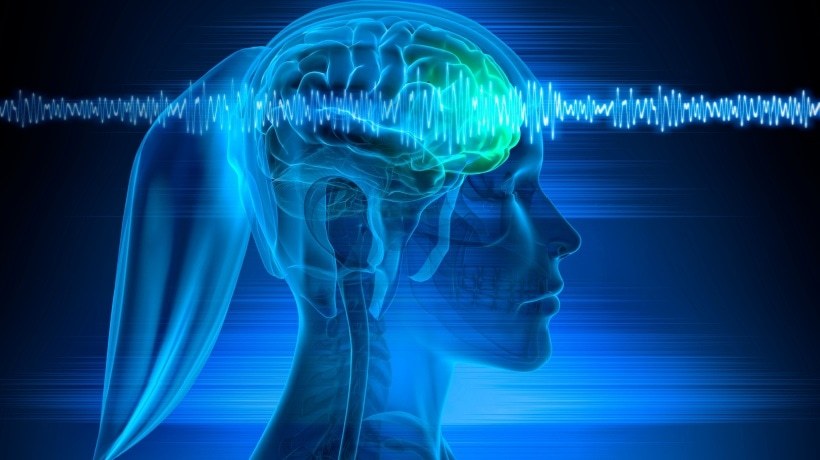
"Neuroadaptive learning aims to create systems that react to our thoughts and feelings. Tools like sensors or wearables can detect brain signals, such as attention, stress, or tiredness, and adapt the learning material. For instance, if a student starts to lose attention, the lesson might slow down or get simpler to help keep them focused. BCIs help make this possible by connecting the brain to technology and turning brain activity into signals that computers can read."
"However, this raises questions. The same technology that tracks attention can also track emotions, effort, and stress. Who owns this data? How should it be protected? What if it gets misused? There are also ethical concerns. Should we measure a student's brain activity to see how well they are learning? Could this tracking make students feel anxious or judged? Below, we'll examine all the challenges that come with neuroadaptive learning, and see how we can mitigate them."
Neuroadaptive learning creates systems that respond to cognitive and emotional states by using sensors or wearables to detect brain signals like attention, stress, and fatigue. Brain-Computer Interfaces translate brain activity into computer-readable signals to enable real-time adaptation of lessons, pacing, and difficulty for individualized learning. The same sensors can reveal sensitive information about emotions, effort, and mental states, creating serious data privacy and security concerns. Questions arise about data ownership, protection, unauthorized access, and potential misuse. Ethical risks include increased student anxiety, judgement, and fairness issues. Robust technical, legal, and procedural safeguards are necessary to mitigate harms and protect learners.
Read at eLearning Industry
Unable to calculate read time
Collection
[
|
...
]